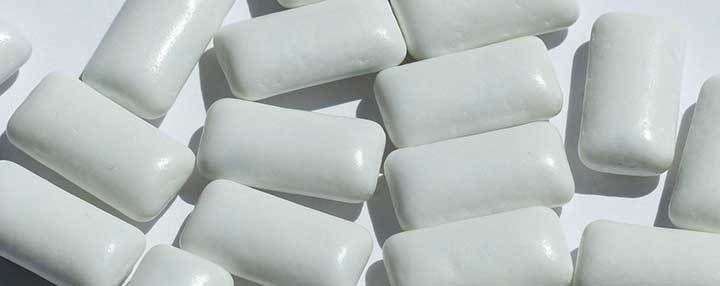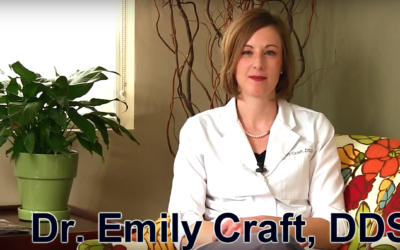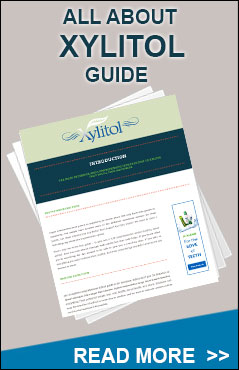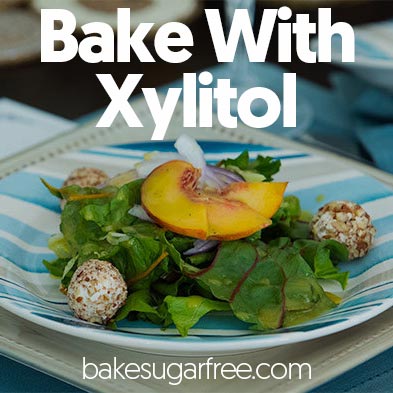If your chewing gum contains sugar, you’re basically bathing your teeth in sugar. Many sugar free gums contain acidic flavorings and preservatives that can lead to dental erosion.
Many sugar free gums contain artificial sweeteners. These sweeteners are often overlooked since you technically do not swallow the gum – however, the ingredients within the gum do enter your body through the walls of your mouth.
The two most common sweeteners in sugar free gum are aspartame and sucralose (Splenda). Aspartame metabolizes inside your body into both wood alcohol and formaldehyde. Formaldehyde is not eliminated from your body through the normal waste filtering done by your liver and kidneys. Sucralose on the other hand was approved by the FDA based on only two human studies, the longest of which lasted only four days.
When choosing a sugar free gum it’s important to choose the right type of gum. A gum that contains sugar increases your chance of developing a cavity, where the right sugar free gum can actually reduce it. A gum sweetened with xylitol has an abundance of dental benefits.
Chewing a piece of gum after eating can help clean the teeth of debris and can help neutralize that acids released by the bacteria in plaque. Chewing gum actually increases the flow of saliva, which also aids in cleaning the mouth of debris and neutralizing acids.
Gums that are sweetened with xylitol help inhibit the growth of Streptococcus mutans, one of oral bacteria that causes cavities. The cavity causing bacteria cannot metabolize xylitol, which starves them. It also creates a slick coating on the teeth, making it harder for bacteria to stick and begin its destruction.
Visit out products page to see the different brands of sugar free gums with xylitol.
Related Articles
Dr. Doyle Williams on Fluoride and Xylitol
I'll give you two interesting statistics: one is from the United States, which we hold up almost as the gold standard of care. We think that everybody comes to the US for the best health care, and we know that three out of four of our children - by the...
Trisha O’Hehir, RDH Easily Explains How Xylitol Works
Trisha O’Hehir, RDH spoke about a fairly new way that xylitol works to reduce infectious diseases in the mouth and airway at a recent dental conference. Trisha is one of the people who cleans your teeth when you go to the dentist. Some, hopefully few,...
Emily Craft, DDS on Dental Benefits of Xylitol Gum
Dr. Emily Craft, DDS recorded a video about xylitol and dental health. Read on for a summary of her thoughts. Xylitol is a naturally occurring sugar that you find in a lot of fibrous plants, fruits, and vegetables. Believe it or not, this sugar has a...
Sweet Treats for Dental Health
Sweet treats can get you into trouble. We all know this, and our dentists like to remind us each time we visit and have to get a cavity filled. But there’s finally a way to enjoy your sweet treats and not get your teeth in trouble. Xylitol...
Dental Benefits of Xylitol
We visit the dentist because we care about our oral health. Our smiles are one of the first things people notice about us, so we want them to be healthy and bright. What if you could reduce the risk of cavities by up to 80 percent? What if you could have...
Xylitol Product Spotlight: Spry Xylitol Mints
Spry mints with xylitol are a great way to refresh your mouth between brushing. They are sweetened with 100% xylitol, no other sweeteners. Each mint has a half-gram of xylitol. Xylitol is a sweetener that occurs naturally in plant fibers. It tastes like...










